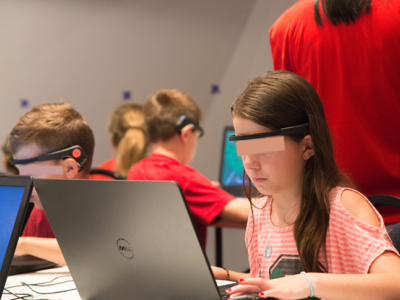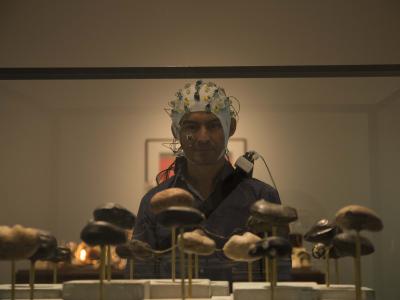EEG

This dataset consists of raw EEG data from 48 subjects who participated in a multitasking workload experiment utilizing the SIMKAP multitasking test. The subjects’ brain activity at rest was also recorded before the test and is included as well. The Emotiv EPOC device, with sampling frequency of 128Hz and 14 channels was used to obtain the data, with 2.5 minutes of EEG recording for each case. Subjects were also asked to rate their perceived mental workload after each stage on a rating scale of 1 to 9 and the ratings are provided in a separate file.
- Categories:
 10330 Views
10330 Views
Previous neuroimaging research has been traditionally confined to strict laboratory environments due to the limits of technology. Only recently have more studies emerged exploring the use of mobile brain imaging outside the laboratory. This study uses electroencephalography (EEG) and signal processing techniques to provide new opportunities for studying mobile subjects moving outside of the laboratory and in real world settings. The purpose of this study was to document the current viability of using high density EEG for mobile brain imaging both indoors and outdoors.
- Categories:
 1195 Views
1195 ViewsOne of the grand challenges in neuroscience is to understand the developing brain ‘in action and in context’ in complex natural settings. To address this challenge, it is imperative to acquire brain data from freely-behaving children to assay the variability and individuality of neural patterns across gender and age.
- Categories:
 2610 Views
2610 ViewsRecent advances in scalp electroencephalography (EEG) as a neuroimaging tool have now allowed researchers to overcome technical challenges and movement restrictions typical in traditional neuroimaging studies. Fortunately, recent mobile EEG devices have enabled studies involving cognition and motor control in natural environments that require mobility, such as during art perception and production in a museum setting, and during locomotion tasks.
- Categories:
 4047 Views
4047 ViewsPages
- « first
- ‹ previous
- 1
- 2
- 3
- 4


